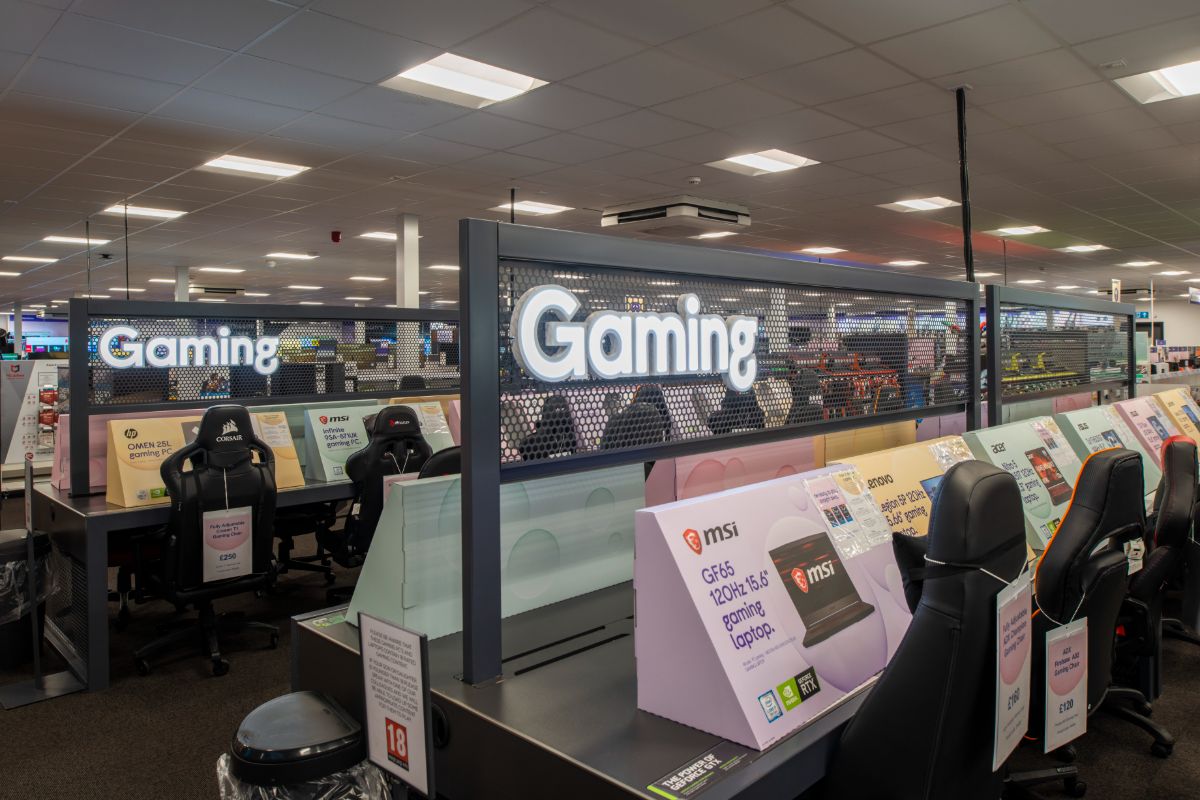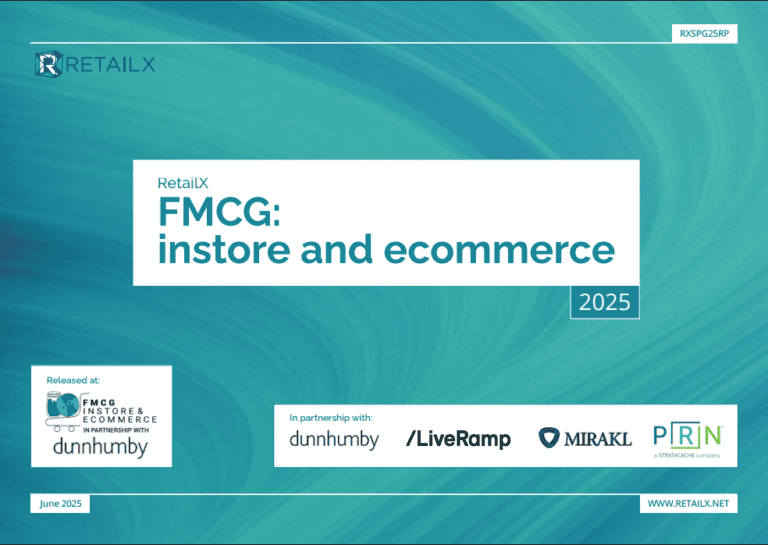Retail is a constantly evolving industry and 2024 showed us that retail is still a battleground; competition is fiercer than ever with small retail startups accessing tools to launch commerce and marketing power quickly and relatively cheaply. Product price is transparent and easily compared online, so many are finding the only differentiator is availability and ease of delivery. This means that brands must move faster than ever and run an operation that allows them to sell products at competitive prices, whilst of course retaining profit, writes Matt Hildon, retail portfolio director at Valtech.
However, many are struggling to do so. Outdated systems and inefficient organisational structures are hindering their ability to meet evolving consumer expectations. Additionally, rising operational costs – driven by increasing living wages and higher taxes – will put significant pressure on profit margins in the year ahead, meaning businesses will have to rethink how they spend their money. To overcome these financial and operational challenges, retailers will need to act swiftly.
Optimising the workforce
Despite advances in technology, human interactions remain a top priority for customers, with personalised experiences being one of the most significant predictors of retail success. However, many retailers’ organisational structures are often not optimised for success. Since the pandemic, many retailers have struggled to balance staff allocation across their stores (front stage) vs Headquarters roles (backstage).
To meet customer expectations in 2025 and beyond, retail leaders must completely rethink the role and structure of their headquarters, ensuring the delivery of exceptional customer experiences remains the main priority. This will involve allocating more staff to stores to enhance the physical customer experience. When it comes to online only retailers, adopting digital technologies like artificial intelligence to carry out simple admin tasks will free up office-based employees to focus on customer-centric areas.
With a bigger workforce, retailers can use their extra resources and implement ‘shop-floor checkouts’, like John Lewis, who invested in equipping its shop assistants with mobile payment devices, allowing customers to be served on the shop floor rather than at a till. This approach speeds up transactions, cuts queues, and increases sales and conversion rates for retailers. But most importantly, it enhances the customer experience by improving personal engagement and saving customers’ time.
Breaking the cycle of short-termism in retail
The pressure of shrinking margins in recent years has forced many retail leaders to prioritise quick return on investments over strategies, but constantly tweaking existing systems or operations isn’t enough to ensure long-term growth or future-proof an organisation. This “short-termism” has led to temporary solutions, such as workforce cuts – like eBay cutting 1,000 jobs this year – or investments in quick fixes and misguided technology, expecting immediate results.
Many large retailers are bearing the consequences of clinging to outdated legacy systems that are too cumbersome to deliver real value to their business and customers. This reliance is not only costly but also leads to poor sales performance and inefficiencies. Instead of repeatedly patching existing issues, engineering teams must take a hard look at their end-to-end systems and evaluate whether they truly meet customer needs. If they fall short, it’s time for a fresh start. This transformative approach will not only elevate the customer experience but also ease the persistent financial and operational strain caused by legacy technology.
But the issue goes beyond technology; it’s about overcoming the reluctance to change. Many retailers are hesitant to say goodbye to their legacy systems, often driven by fear of disruption or the uncertainty of the unknown. However, to thrive in 2025, a mindset shift is crucial. Retailers must move away from short-term solutions that promise quick wins and instead adopt long-term strategies. While changing legacy systems can be challenging, by viewing it as an opportunity for growth rather than a risk, retailers can build a more resilient and agile organisation that is prepared to succeed in a constantly evolving market.
The future of retail
The stakes for UK retailers have never been higher. Outdated systems and inefficient organisational structures are keeping the cost of sale high and holding them back from providing real value to customers. As operational costs rise, it’s time to wipe the slate clean. Retailers must embrace digital innovation and overhaul their operations to stay competitive. Failing to do so risks not only costly inefficiencies but also the loss of personalised customer experiences which is critical for long-term success. To survive the next ten years, UK retailers must rethink their entire approach, reallocate resources, and commit to lasting change.
Matt Hildon, retail portfolio director at Valtech
Stay informed
Our editor carefully curates two newsletters a week filled with up-to-date news, analysis and research, click here to subscribe to the FREE newsletter sent straight to your inbox and why not follow us on LinkedIn to receive the latest updates on our research and analysis.









